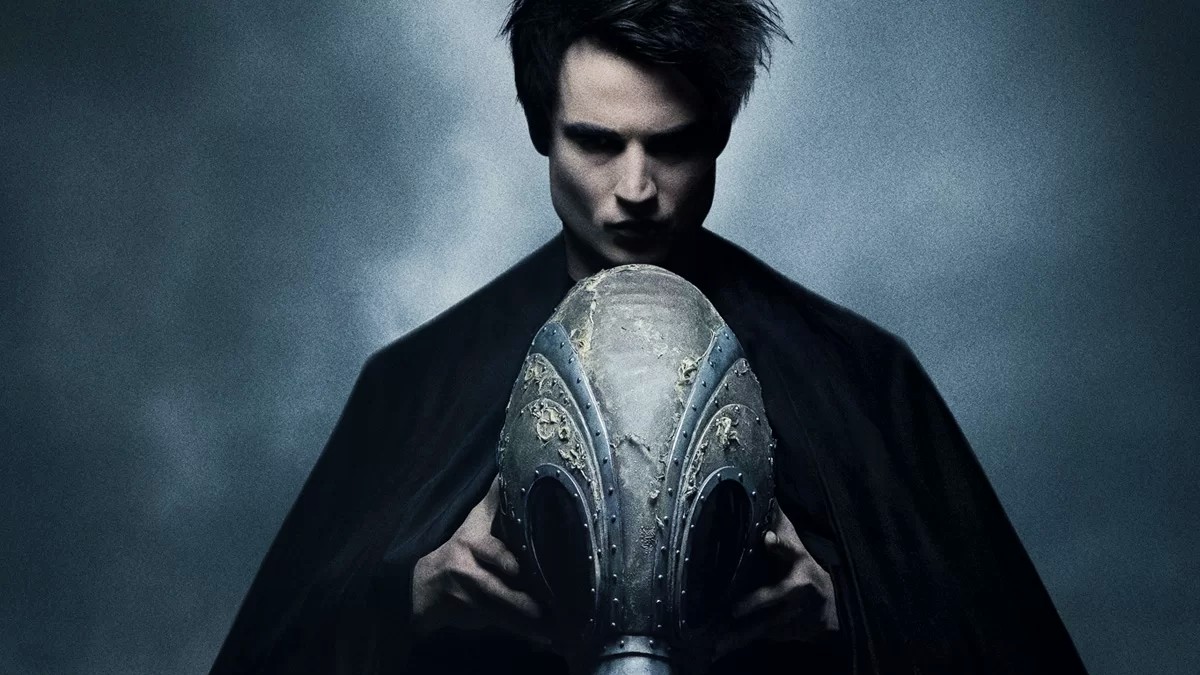6 Biggest Differences Between Netflix’s ‘The Sandman’ and Neil Gaiman’s The Sandman Comics

Netflix’s The Sandman is a hugely faithful adaptation of the comic book series by Neil Gaiman. Of course as a present day adaptation, there have been some changes to the story to modernize it. And no, I’m not talking about the added diversity. There are a lot of minor changes, but these are six of the biggest, in my opinion.
***SPOILER ALERT: These reveals are spoilers for the The Sandman.***
1. The amount of time Dream is captured:
The original graphic novel series begins in 1989, the year of publication. Netflix’s series starts in our modern era rather than 1989, so Dream has been imprisoned for 105 years instead of 75 years. This is reflected in making Unity the great-grandmother of Rose Walker than grandmother. While this change doesn’t make a huge difference, it does bring up modern elements like cell phones. There were many times in Stranger Things where I kept screaming “if only they had cell phones!” Thankfully, in The Sandman this added time skip does very little to change the story.
2. No triumvirate of Hell:
Due to an ongoing DC storyline, when Lucifer was first introduced in the comic, he was not the sole leader of Hell. Instead, there was a triumvirate with Lucifer, Beelzebub, and Azazel. This later gets switched up, and Lucifer becomes the sole ruler of Hell. As a result, Gwendoline Christie as Lucifer Morningstar is the only ruler of Hell. This works really well because fundamentally, Lucifer is the most powerful and important of these rulers. Plus, when you cast Gwendoline Christie, she’s the star. I also think she is a perfect Lucifer and they even get that cute haircut right.
3. Design of John Dee and The Corinthian:
John Dee is a human who has been warped into a corpse-like creature due to the power of Dream’s ruby. David Thewlis is not looking like a corpse and is instead just a mild-mannered British man in a robe. The Corinthian is also much more of a Southern charmer with his slick suits, and not the 80s rocker-style character he was designed as. Corinthian, played by Boyd Holbrook, is also much more active in the plot to keep Dream de-powered. These changes allow both characters to be compelling antagonists that take us through the entire first season of the show.
4. No Justice League of America and DC shout-outs:
The Sandman is part of a DC imprint and therefore was able to bring DC characters into the canon. For example, John Dee/Doctor Destiny, was a minor Justice League supervillain who controlled people’s dreams and emotions with a special ruby. When trying to find the location of his ruby, Dream gets help from Mr. Terrific and the Martian Manhunter. While the series was still made in tandem with Warner Bros., it was probably decided that leaning into those things would be distracting and overall unnecessary since they don’t add anything to the plot, which can’t be adjusted.
5. Details of the diner scene:
One of the most iconic moments in the first arc of Sandman is the diner scene in which John Dee, over 24 hours, drives the patrons of a diner into madness. This still happens in the show, but the details are heavily changed. It is a lot darker as Dee ramps up the aggression of the patrons slowly until it bursts into a cascade of murder. Dee’s impact is also infecting the world, and at one point, a children’s show even attempts to make kids self-harm. I don’t think we lost a lot by making these changes, highlighting how the same themes and elements can be depicted differently.
6. Lyta Hall and the Missing Creations:
In DC Comics the character Lyta Hall is a Fury in the Greek Mythology sense and first appeared in Wonder Woman #300 as a daughter of Diana and Steve Trevor (before that was changed post-Crisis). In the new canon, Lyta was she daughter of the newly created character Helena Kosmatos and was trained by Wonder Woman’s mother. She later stopped being a superhero to have a child with her husband Hector Hall, who later died. Lyta got stuck in a Dream Dimension that was created by Brute and Glob, two rogue creations of Morpheus, where Hector was still alive. When Morpheus returns, Hector’s soul was released and Lyta was sent back to Earth, where she gave birth to her son Daniel.
Netflix changes this a lot. Firstly, as we discussed before the DC aspect is no longer there and Lyta is a friend of Rose Walker. Hector is dead and him coming back is connected to Rose’s powers as the Vortex rather than the creations. Rather than Brute and Glob, there is one nightmare who wants to be a dream and ends up taking care of Rose’s brother Jed and helping him deal with his abusive family. She wants to be able to give people dreams rather than nightmares.
What were some of the changes that stuck out to y’all while watching?
(image: Netflix)
Have a tip we should know? [email protected]
